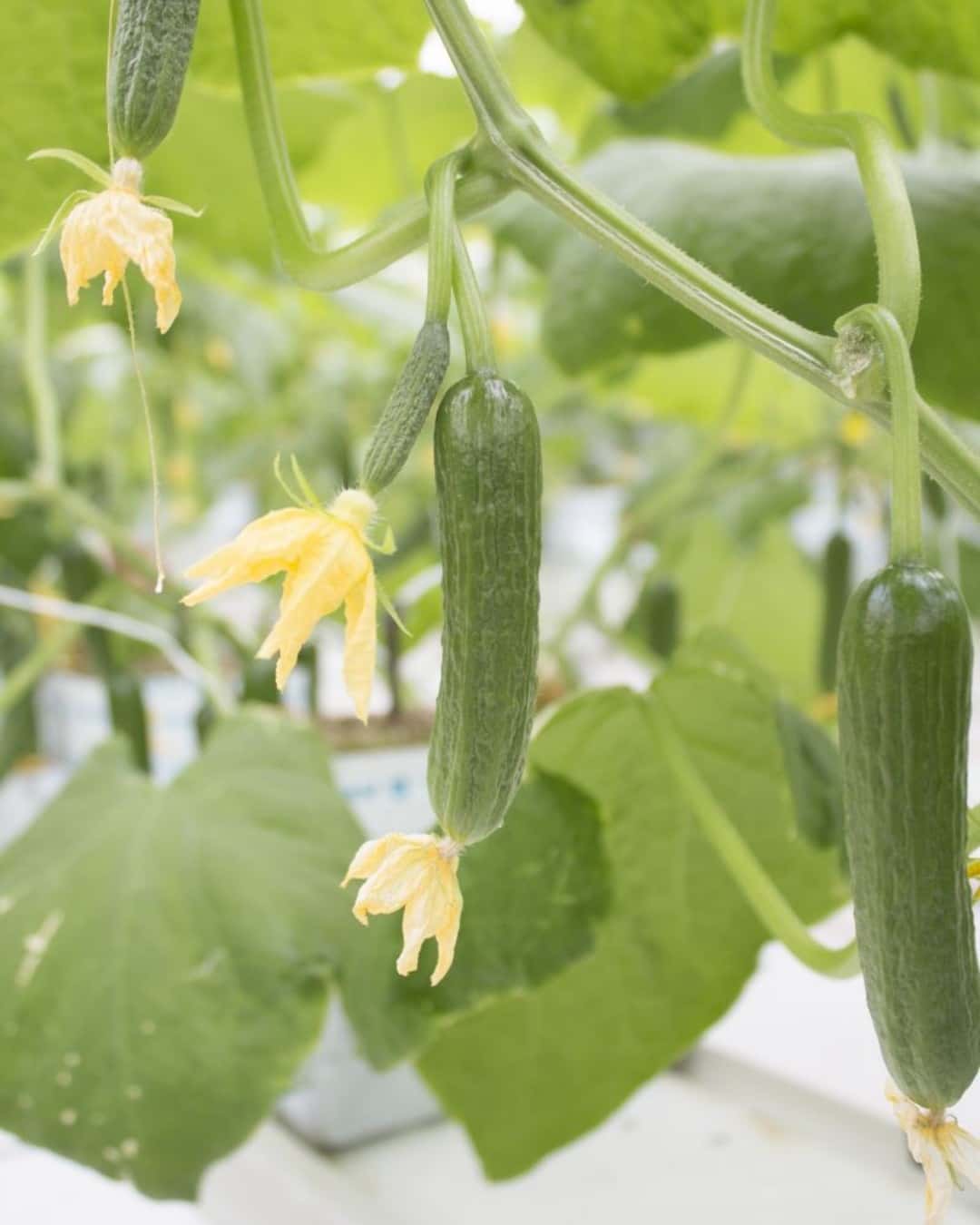Greenhouse grown cucumbers have become a model for clean, chemical-free food production, thanks to a suite of advanced growing techniques that prioritize plant health, pest prevention, and environmental control—without relying on synthetic pesticides or fertilizers. These practices offer consumers cucumbers that are not only safe and clean but also flavorful and nutrient-dense. As demand grows for produce with minimal chemical residues, Greenhouse techniques continue to evolve, giving cucumbers a cleaner path from seed to harvest.
One of the most important strategies used in chemical-free cucumber growing is Integrated Pest Management (IPM). IPM replaces synthetic insecticides with natural and biological methods of pest control, using a combination of monitoring, beneficial insects, and environmental adjustments. In cucumber Greenhouses, growers introduce predatory mites, ladybugs, and parasitic wasps to manage pests like aphids, thrips, and spider mites. These beneficial insects are part of a self-regulating ecosystem within the Greenhouse, reducing the need for reactive chemical sprays and ensuring a consistent crop without contamination.
Greenhouses provide a barrier-controlled environment, offering natural protection from pests that are prevalent in open-field agriculture. Sealed entrances, insect screens, and positive air pressure systems limit the entry of harmful insects and airborne pathogens. By preventing pest pressure from the outset, Greenhouse growers eliminate the primary reason field growers rely on chemicals in the first place. This proactive approach minimizes crop stress, maintains quality, and supports continuous cucumber production.
Another powerful technique used to keep Greenhouse cucumbers chemical-free is biostimulant and organic nutrient application. Instead of synthetic fertilizers, many Greenhouse growers use plant-based compost teas, microbial inoculants, and seaweed extracts to enhance soil biology and plant immunity. These natural boosters improve root development, nutrient uptake, and overall plant resilience—making cucumbers less susceptible to disease. In hydroponic systems, nutrient delivery is even more precise, allowing growers to tailor plant nutrition with exact mineral blends that meet cucumber growth requirements without the use of chemical additives.
Climate control and precision environment management are also critical in maintaining plant health without chemicals. Cucumbers grown in Greenhouses benefit from ideal levels of humidity, temperature, light, and CO₂—all monitored and adjusted in real time. Stress from environmental fluctuations often invites disease and pest outbreaks, but with automation systems and sensor technology, growers can maintain optimal growing conditions that naturally suppress the conditions pests and pathogens need to thrive.
One of the biggest threats to cucumber crops is powdery mildew, a fungal disease that spreads rapidly in humid environments. In Greenhouses, growers manage this risk without fungicides by controlling airflow and moisture through ventilation systems, spacing protocols, and dehumidification units. In some cases, they apply organic-approved solutions like potassium bicarbonate or hydrogen peroxide to treat minor outbreaks without compromising chemical-free standards. These environmentally friendly treatments decompose quickly and leave no residue, preserving the safety and cleanliness of the crop.
Many Greenhouse cucumber producers also follow organic certification standards, which further restrict the use of synthetic inputs and enforce rigorous documentation and inspection. While not all chemical-free growers are certified organic, those who are must meet third-party standards for soil health, pest control, and environmental sustainability—ensuring that the cucumbers they produce are truly grown without the use of synthetic pesticides or fertilizers.
UV light sanitation is another cutting-edge technique used in some Greenhouse operations to control mold and bacteria. Short bursts of UV-C light can be applied to plant leaves or Greenhouse surfaces to kill pathogens without the use of sprays or residue. This method is safe, non-toxic, and highly effective, especially when combined with other clean growing protocols.
In hydroponic or aquaponic cucumber systems, closed-loop nutrient cycling is key to maintaining clean conditions. Because these systems don’t use soil, there’s no need for herbicides or fumigants, and water-based nutrient solutions can be recycled through filtration and monitoring. This not only conserves water but also prevents contamination and reduces the buildup of excess nutrients that could encourage disease.
Finally, manual inspection and early intervention remain core to keeping Greenhouse cucumbers chemical-free. Trained staff monitor plant health daily, catching signs of stress, pests, or disease at their earliest stages. By acting immediately with natural treatments or physical removal, growers prevent issues from escalating and eliminate the need for harsh chemical interventions.
In every way, Greenhouse techniques elevate cucumber growing from reactive to preventative, from conventional to clean. They prioritize environmental balance, plant vitality, and food safety—creating a new standard for produce that delivers purity without compromise.




